While travelling to Agra, Sikandara does not find a place in the itinerary of every backpacker. Many of the tourists mainly interested in Taj Mahal, Red Fort and then some more enthusiastic go to Fatehpur Sikri. The tomb of Etmad-Ud-Daula near Moti Bagh and The Tomb of Akbar The Great in Sikandara always remain forgotten in the shadow of these great masterpieces of Mughal Architecture. But in reality, either of these forgotten monuments can be considered as a surprising gem. The Tomb of Akbar The Great at Sikandara is neither as magnificent as Taj Mahal nor as grand as Red Fort, but it is still a worth visiting piece of Mughal Architecture.
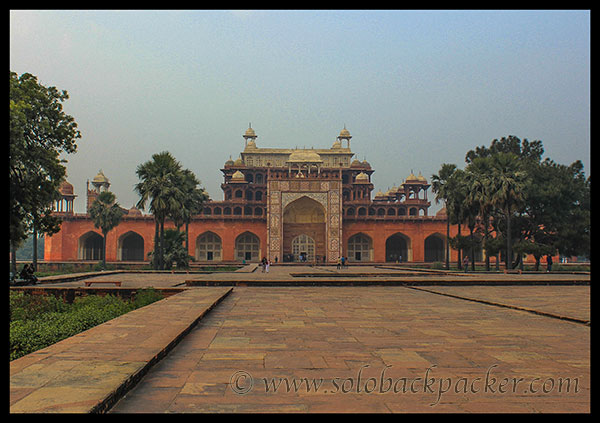
Location: This tomb is situated at Sikandara, about 14 kms from Taj Mahal in Agra. While moving on the main Agra-Mathura National Highway 2, at Sikandara, you can observe a large handsome gateway of carved stones at the right side. This beautiful gateway opens into a garden, at the end of which is a building of four storeys, that houses the cenotaph of Akbar The Great.
Akbar commenced the construction of this beautiful building but could not able to complete in his life-time. Later, his son Jahangir, completed this building in his own architectural style. Some historians also believe that when Jahangir saw this building first time, he was totally unsatisfied with its architecture, so he demolished the entire structure and again erected the present one.
Contrary to the construction of other Muslim structures, the head of the tomb of the Akbar is turned towards the rising sun and, not towards the Mecca.
Visit to The Tomb of Akbar The Great: Once you entered in the complex from the main highway at Sikandara, a giant lofty gateway welcomes you at the Akbar’s Tomb. The main tomb complex is surrounded by a high wall and in the center of each wall, there is an imposing gateway of 70 feet height. The gateway on the west side has an inscription in Persian, which states that the mausoleum was completed by the reign of The Emperor Jahangir in 1613 A.D. Tourists generally enter in the tomb complex from South Gateway, that is just 200 meters from the main highway NH 2 at Sikandara.
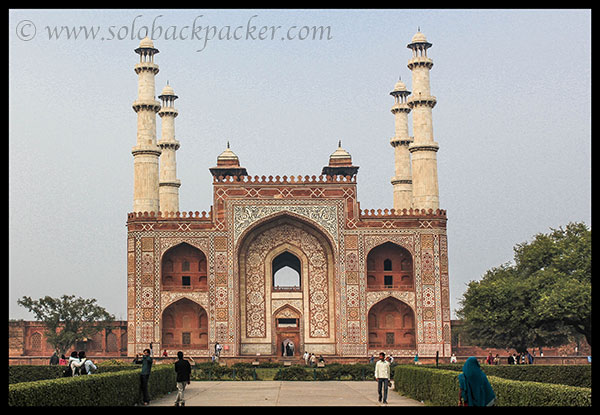
Ticket Price: The ticket counter is adjacent to the giant gateway at South side. The entry ticket price is INR 15 (INR 5 for ASI and INR 10 as toll tax for Agra Development Authority) for Indian Nationals and the citizens from SAARC and BIMSTEC countries. For other nationals, it is USD 2 or INR 100 per head as ASI charges plus INR 10 per head as Toll Tax by Agra Development Authority (ADA). There is no toll tax by ADA on Friday. Entry is free for children up to 15 years.
Timings: Tomb is open from Sunrise to Sunset.
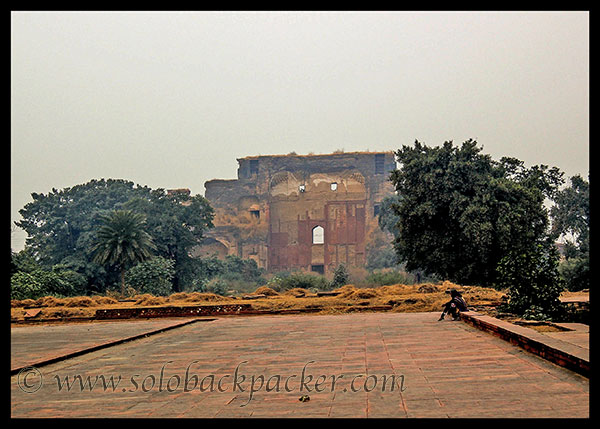
All the lofty gateways of tomb complex are open into a vast garden, in the middle of which is a building of four storeys, the upper chamber being of white marble. A broad paved causeway leads towards the tomb from all four gateways. Both sides of the causeway are covered by lush green garden, where cheetals, antelopes and monkeys move and graze freely.The garden is divided in four equal quarters, on a typical Mughal style of Char Bagh. Each quarter is separated by 75 feet wide causeway of masonry stones, that connects the gateway to the main tomb. In the center of these causeway, there is a small water canal with raised walkways on both the sides. There is no water in the canal these days.
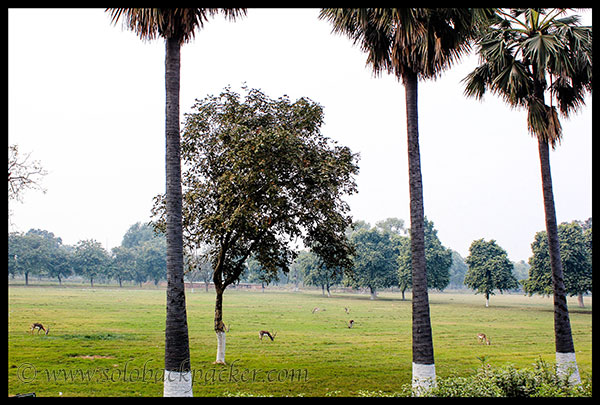
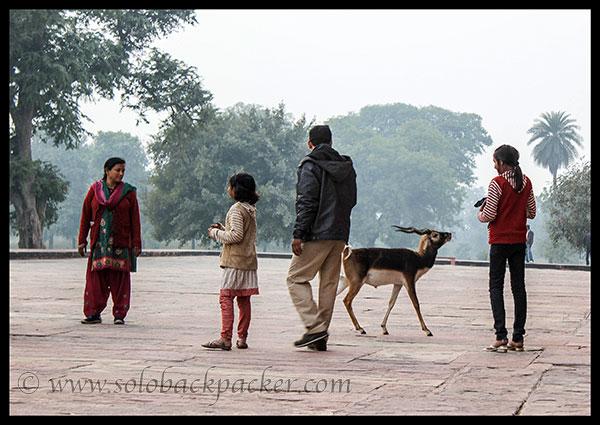
Entry to the garden is restricted, so you can not step down from the causeway to the lush green grass in the garden. At the end of the causeway, there is the main building housing the Akbar’s cenotaph.
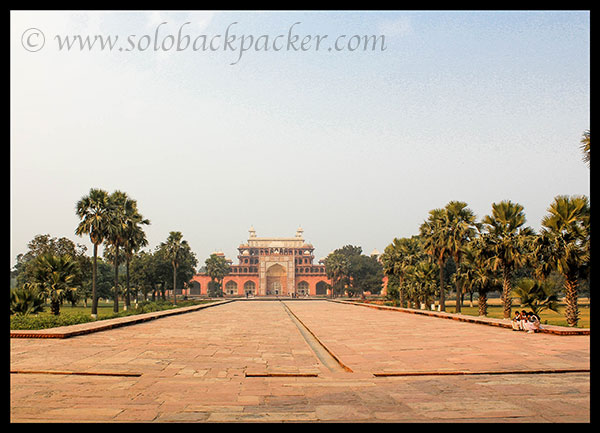
The main mausoleum is a beautifully carved five-storey red sandstone building, which upper chamber is made of white marble. As you approach to the interior of the tomb, you come across a rich ornamented stucco work, intricate calligraphy and carvings, mainly coloured in blue and gold.
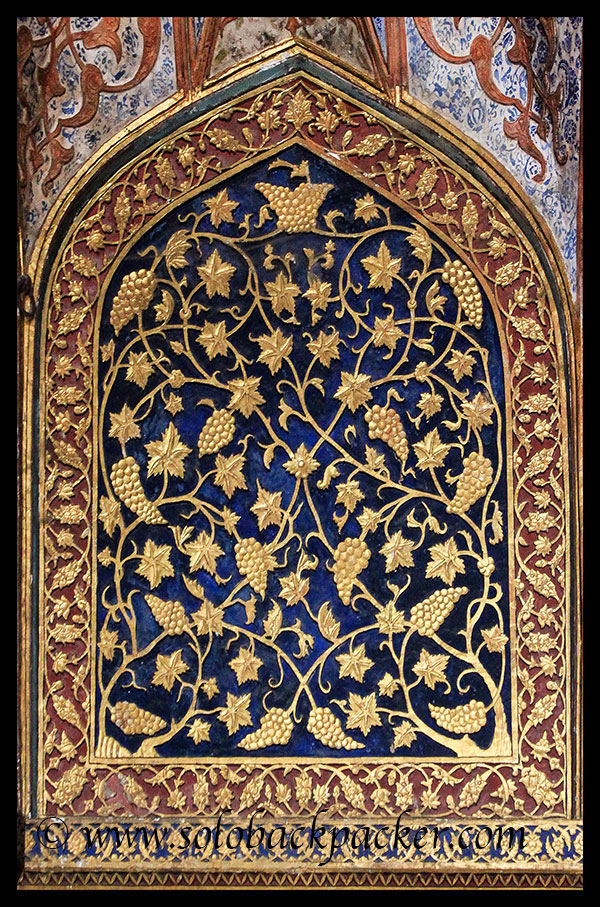
Passing further away from this richly ornamented section, an inclined passage, just like the entrance to the Egyptian Pyramid, leads down in a burial chamber. But this inclined passage is neither as thrilling as at the pyramids, nor they are as grand as those are. This passage is basically a whitewashed narrow gallery, where you can walk easily.
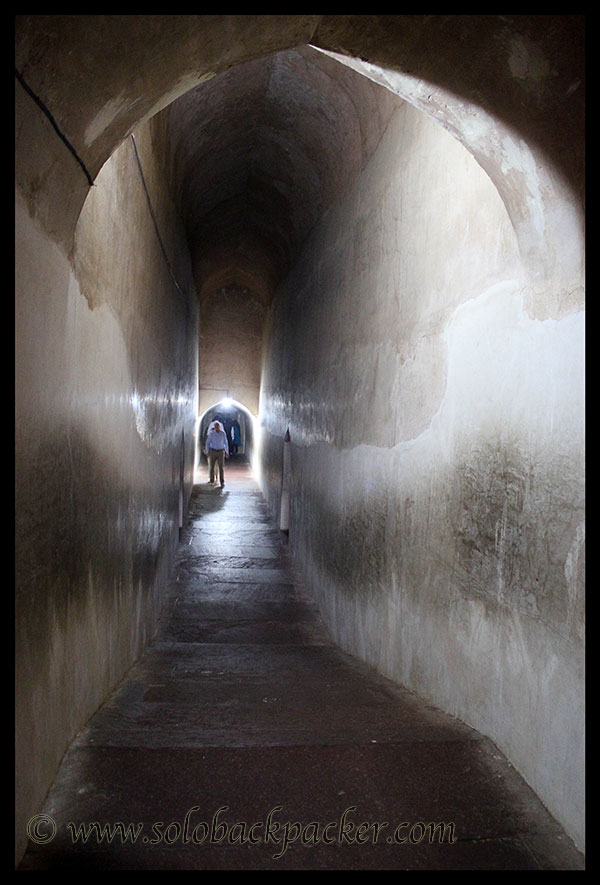
In this dimly lighted burial chamber (light basically come through some small holes in the roof dome), there is a white marble cenotaph, that contains the mortal remains of Akbar The Great. The walls of this chamber might had been decorated in its golden days, but now they are only whitewashed. This cenotaph of Akbar is believed to be a false one, the original one is exactly underneath in the basement, just like the cenotaph at Taj Mahal. Entry to the basement is not allowed. It is also believed that Emperor’s armour, clothes and books those were placed beside the cenotaph, have been carried off later by the other attackers, basically the Jats of Bharatpur.
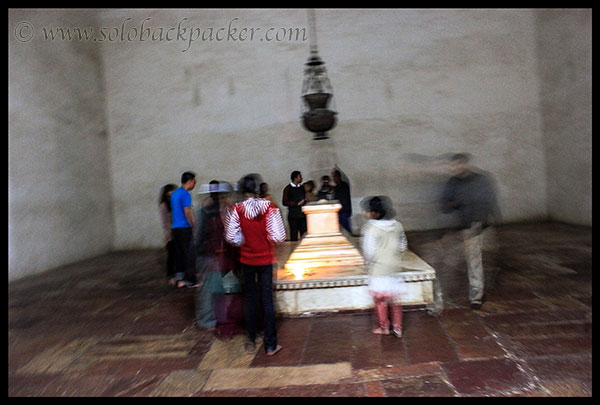
Smaller chambers around the central chamber contains the tomb of the two daughters of Akbar and one son of Shah Alam. Coming out from the burial chamber, you can take a walk around the premises. The wide, arched passageways that run on all four sides of mausoleum generally remain empty and peaceful due to the less number of tourists.

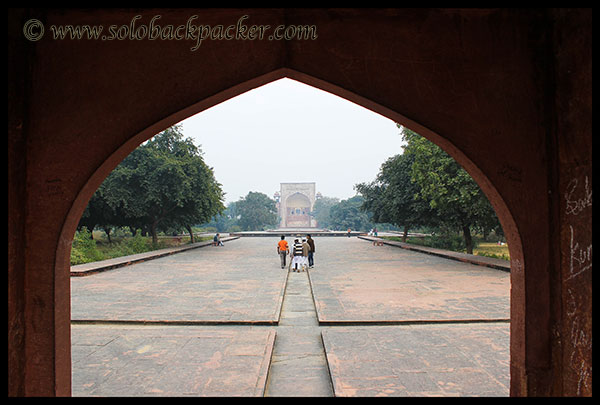
The garden around the Akbar’s tomb are breathtaking and the architecture and design of the tomb is astounding. The best thing is that it generally remain less crowded and you can enjoy its imparted serenity peacefully in the company of antelopes, monkeys and peacocks.
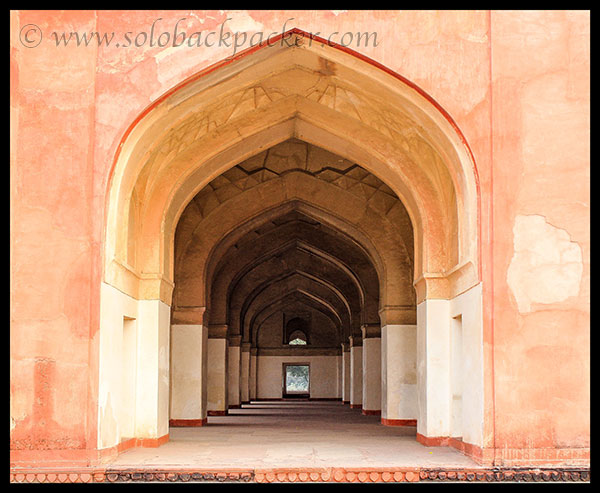
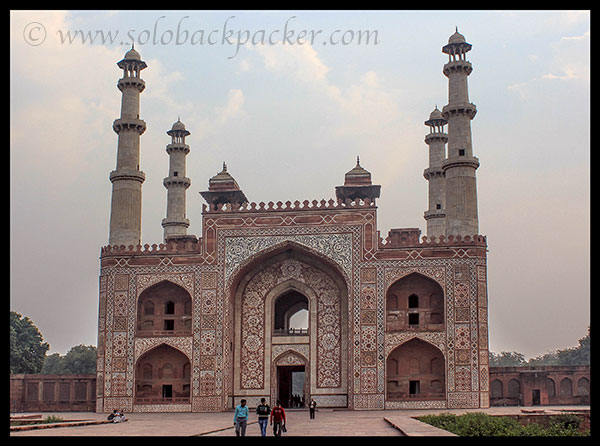
The tomb of the Akbar is a surprising gem in Agra, just like the tomb of Etmad-Ud-Daula. If you have time, do visit this place to pay a tribute to that great emperor, who could neither read nor write but had the vision of many learned emperors. The architectural beauty of the entire complex is breathtaking and the natural beauty around this tomb is amazing. It is really a worth visit place in Agra.


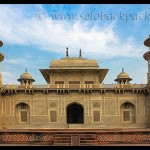
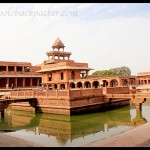
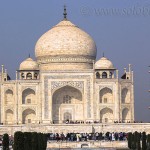

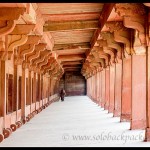
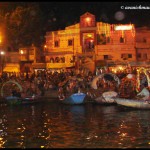
Very beautiful Mughal Architecture, decorations etc, it’s shame that not allowed cameras inside the burial chamber despite that the Akbar body is not there, not even in the basement as it was removed during a revolt of the Jats whom taken all the precious objects from the tomb, they desecrate the tomb and cremated the bonds and dispersed them everywhere. So, the Akbar remains are not in the tomb. I don’t understand why they don’t allowed cameras inside there, but you can take picture to the rest of the building and surroundings.
All Mughal Architecture have the same layout, decorations etc. but they are amazing.
I am amazed to see all those monuments of that period are well maintained despite of some negligence on certain parts of them which they deserved attention.
The entrance fees supposed to be for maintenance.
My brother visited it during his trip to agra and highly recommends it!!
http://www.myunfinishedlife.com
Nice post!
http://www.rajniranjandas.blogspot.in